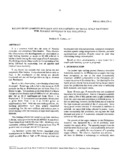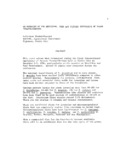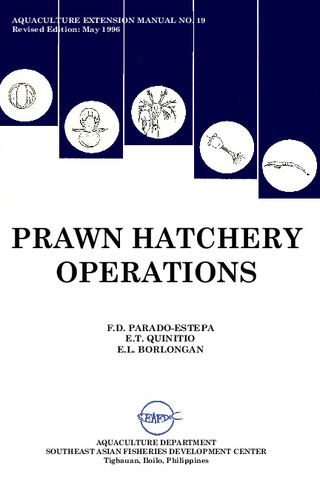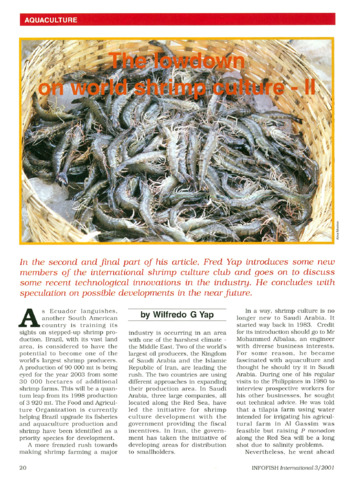Recent developments in design and management of small-scale hatchery for Penaeus monodon in the Philippines
Share
trừu tượng
It is a common belief that the zoea of Penaeus monodon are completely filter feeders. Thus, diatoms like chaetoceros and phytoflagellates are maintained at high feeding densities as much as 80 000 cells/ml in hatchery tanks during the zoeal states of the P.monodon. This feeding scheme often results in the reddening of the larvae followed by weakening, loss of appetite and eventual mass mortality.
It was found out recently that zoea larvae are not completely filter feeders. It was observed as early as Zoae 1, the mouth parts of the larvae are already functional and can eat food particles as big as Artimeia and Brachionus.
Based on this observation, a new feeding scheme was developed. Boiled egg yolk is fed to the larvae at 15-22 particles (as big as Brachionus) per ml from Zoea 2 to Mysis 3 stages. Tetraselmis is given from Zoea 1 to Mysis 3 stages at a low density level of 5 000 cells/ml. Artemia is also fed at 10-15 individuals/ml from Mysis 1 to Postlarvae 5. If Tetraselmis is not available, bread yeast is given from Zoea 1 to 3 at 0.1-03 g/ton as supplementery feed. With this new feeding scheme, the hatchery producers have been greatly simplified considering that the most difficult and tedious part in larval rearing is the maintenance of algal food especially diatoms.
This feeding scheme was tested in a private hatchery in Bataan, Aklan province by the SEAFDEC Aquaculture Department from July to October 1981. All 44 runs were successful, yielding survival rates ranging from 22 to 75 percent and an average rate of 52.9 percent.
The hatchery system was further simplified when experiments at the Bataan Substation of the SEAFDEC AQD revealed that as high as 60 percent survival can be attained with minimal aeration. Instead of centralized aeration system using compressors or blowers, portable aquarium-type aerators (5-watt) could be use thus minimizing energy consumption.
Based on these developments, a new model for a small-scale hatchery system is proposed.
based
Suggested Citation
Gabasa Jr., P. G. (1982). Recent developments in design and management of small-scale hatchery for Penaeus monodon in the Philippines. In Working Party on Small-Scale Shrimp/Prawn Hatcheries in Southeast Asia, Semarang, Central Java, Indonesia, 16-21 November 1981 (Vol. II. Technical Report, pp. 77–86). Manila, Philippines: South China Sea Fisheries Development and Coordinating Programme.
Chủ thể
Taxonomic term
Bộ sưu tập
Related items
Showing items related by title, author, creator and subject.
-
An overview of the nutrition, feed and feeding techniques of prawn penaeid/shrimps
Piedad-Pascual, Felicitas (Philippine Council for Aquatic and Marine Research and Development, 1989)This paper echoes what transpired during the first International Conference of Penaeid Prawns/Shrimps held in Iloilo City in December 4-7, 1984, particularly on the Nutrition nd Feed Development. Around 25 papers were ... -
Prawn hatchery operations
Parado-Estepa, Fe D.; Quinitio, Emilia T.; Borlongan, Emeterio L. (Aquaculture Department, Southeast Asian Fisheries Development Center, 1996-05)The manual, an updated version of the 1984 SEAFDEC/AQD manual, presents the underlying principles and step-by-step instructions of prawn larval and post-larval rearing. The techniques described are not only applicable to ... -
The lowdown on world shrimp culture - II
Yap, Wilfredo G. (INFOFISH, 2001)This paper introduces some new members of the international shrimp culture club and goes on to discuss some recent technological innovations in the industry, particularly the polyculture of tilapia (mainly Oreochromis ...






